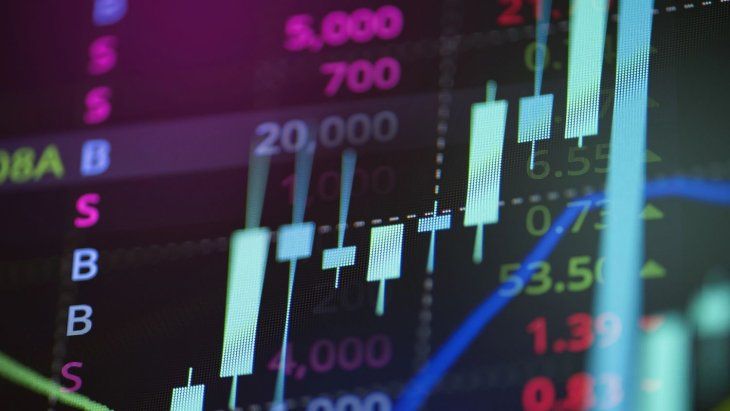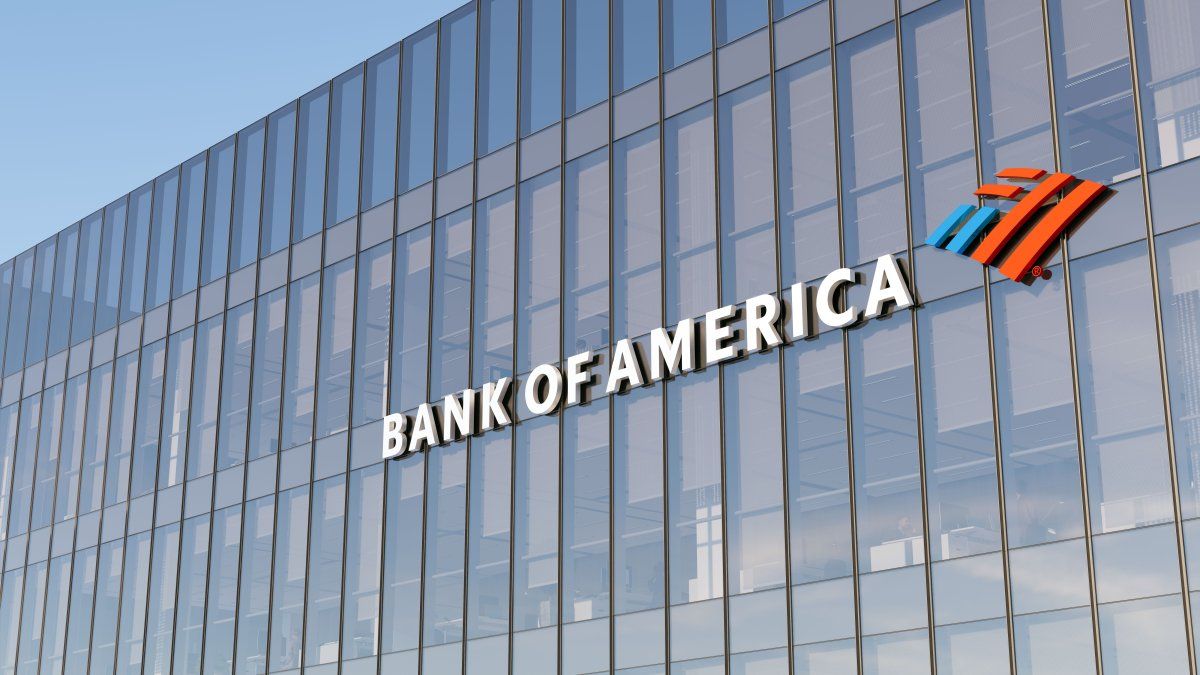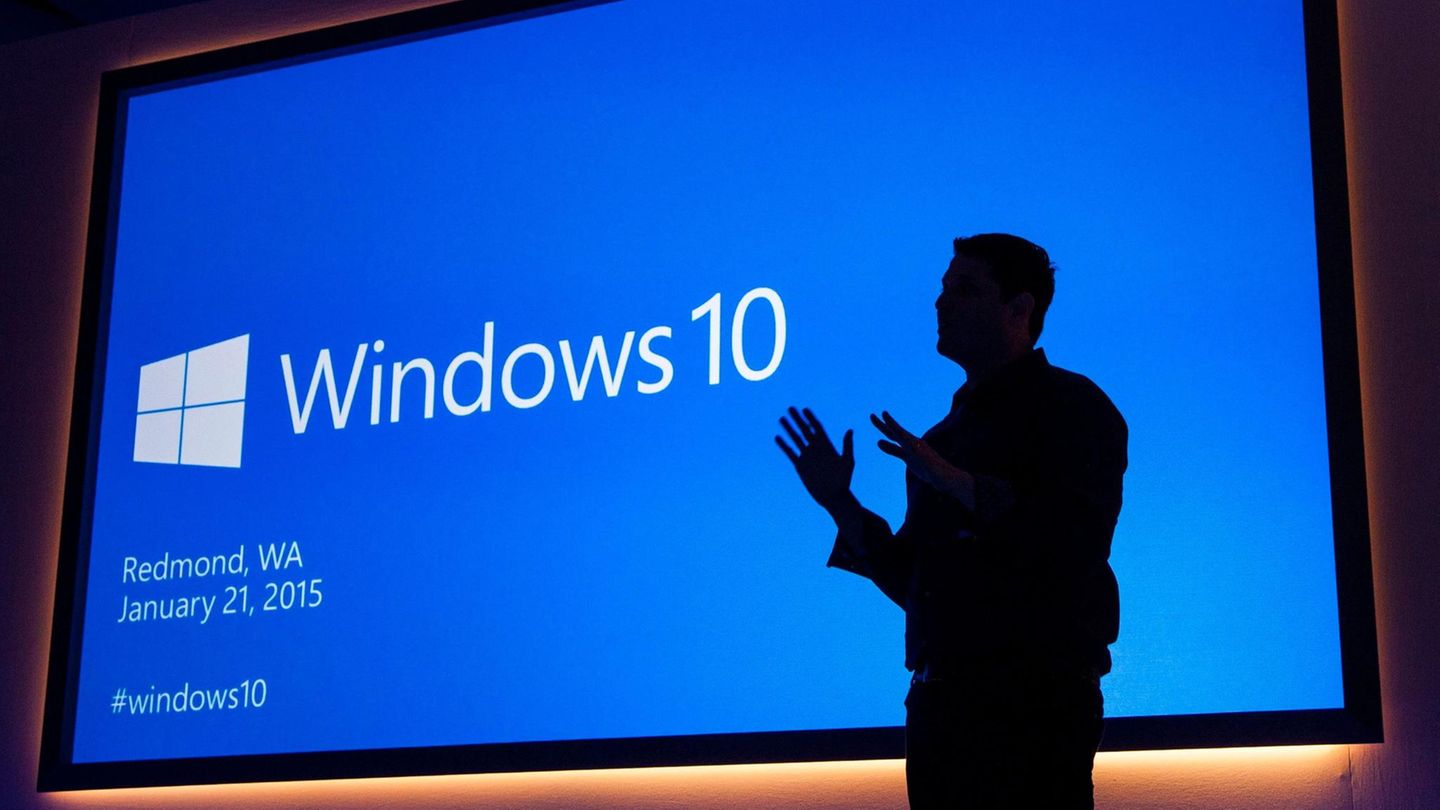The American bank admitted to having underestimated the resilience of large public companies against macroeconomic uncertainty.
He Bank of America (Bofa) raised its goal for the S&P 500 At the end of the year and reduced its variable income risk premium (ERP) after admitting that it underestimated the resilience of large public companies against macroeconomic uncertainty of USA.
The content you want to access is exclusive to subscribers.
The banking entity held in a recent report that in its last projections ignored his own advice on the dangers of undervalued American companies.


Likewise, the newsletter remarks that the valorization of a lower ERP is partially compensated by a greater estimate of normalized rates, based on the persistent sovereign riskraising the objective of the S&P 500 to 6,300 points from 5,600 points, and projecting it at 6,600 points in 12 months.
In that sense, they point out that corporate transparency remained intact despite the announcements of the new tariff policy, the fiscal reforms promoted by the president Donald Trumpthe uncertain economic landscape and sovereign yields at maximum decades.
BAG MARKETS VIVY ACTIONS INVERSIONES BONOS.JPG

The Bank of America corrected its prospects for the S&P 500 in the next 12 months.
Depositphotos
“The volatility in currencies, inflation and interest rates did not affect the margins of the S&P 500 from the pandemic: companies adapted or left the index,” the text underlines.
Bofa’s prospects for S&P 500 in the short and medium term
As for medium term, The bofa does not see grounds for the index to continue its current “meteoric ascent” during the third quartersince its models reflect a mixed reading with the benefits of technological ones, the core of corporate profits, aimed at slowing down.
In the middle, the American bank believes that deregulations and the rebound in business investment could boost markets prior to the intermediate election. Thus, the 10 -year assessment seems to be “highly predictive” and suggests an annualized price return close to 1% (against historical), with a S&P 500 of equal weighting that indicates 6% per year.
Source: Ambito
I am a 24-year-old writer and journalist who has been working in the news industry for the past two years. I write primarily about market news, so if you’re looking for insights into what’s going on in the stock market or economic indicators, you’ve come to the right place. I also dabble in writing articles on lifestyle trends and pop culture news.




